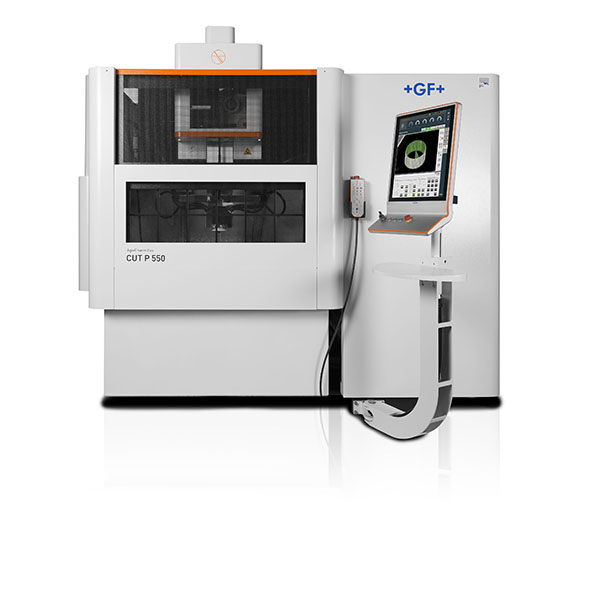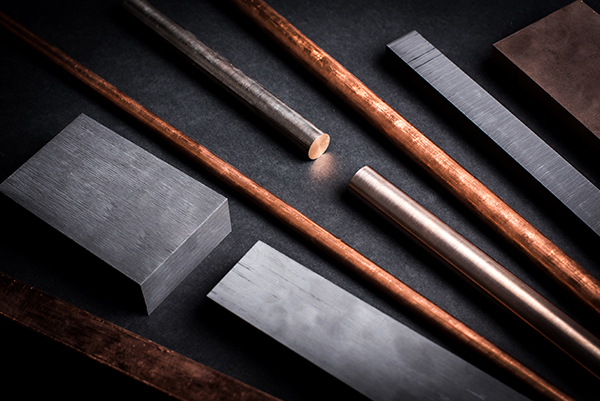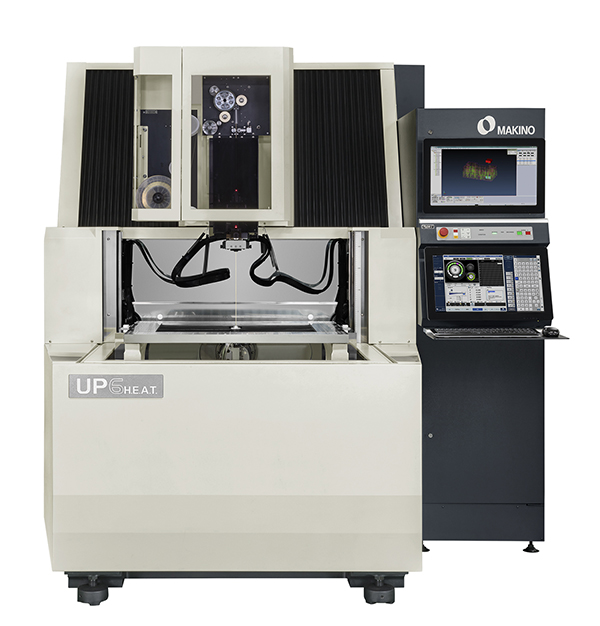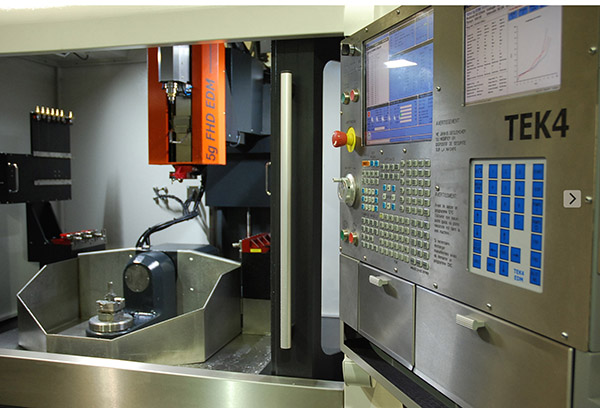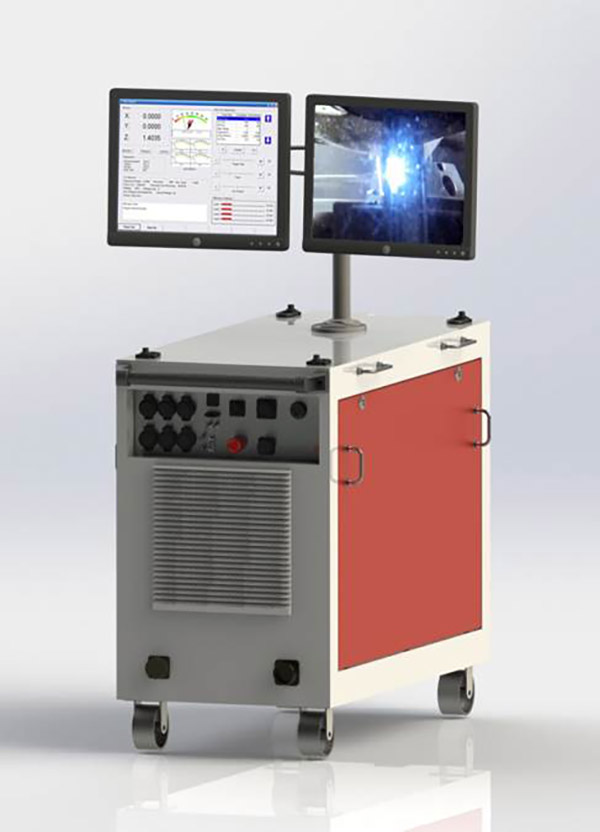GF Machining Solutions has introduced its latest AgieCharmilles Cut P series of wire EDM machines. The Cut P 350/550/800/1250 models are equipped with efficient power generators and feature a robust design and build, intuitive HMIs, and several automation options for lights-out/unattended operations.

With Intelligent Power Generator (IPG) digital technology, the EDM machines deliver ultra-fine surface finishes (Ra 0.1) and can improve cutting speeds by up to 20%, says the company.
Several ‘Expert’ systems further optimise the IPG’s cutting performance, especially when undertaking demanding and challenging applications. For instance, POWER-Expert monitors and changes the power levels required to machine parts with variable heights. This system protects parts from unstable conditions at high cutting speeds. Simultaneously, the system controls spark parameters during finishing operations to provide high-quality surface finishes on variable height parts. This capability maximises part finishes and reduces the need for secondary bench work.
Regardless of workpiece height, another Expert system – WIRE-Expert – is used to control wire wear and achieve continuous geometrical accuracy from all directions.
For part profile accuracy, PROFIL-Expert automatically adapts the machining parameters and cutting path for rough and skim passes to control fine details and ensure positioning and contour accuracies of ±2 µm, while TAPER-Expert technology cuts angles from 0 to 30° (45° as an option) to maximum Z heights.
TAPER-Expert corrects shifts of the Z reference position in real time, even when the taper angle is changing. The taper angle is also held to within 10 seconds on average, providing taper accuracy and geometry reference accuracy throughout the taper cut.
Cut P machines also feature GF Machining Solutions’ collision protection technology in the X, Y, U, V and Z axes.
For further information www.gfms.com






